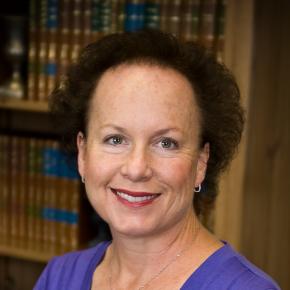Paul Brand was born to missionary parents in India. He became a surgeon in England and returned to India to care for leprosy patients. Dr. Brand’s insight was that the damage to patients’ limbs was not due to the disease, but injury that they never felt because the disease dulled their nerves. He established the New Life Center in India, which was a village setting for leprosy patients.
“This [kind of residential setting] helped dispel the stigma that was so prevalent even among medical professionals. Correcting deformities to restore the self-respect of patients and to integrate them into society was his cherished goal.”
In 1966, after 19 years of service in India, he moved to the U.S.A. on invitation to take up the position of Chief of Rehabilitation Branch at the National Hensen’s Disease Center at Carville, Louisiana. He worked there for 20 years and established a well-equipped and well-staffed research unit to study the complications of insensitive hands and feet, their prevention and management. His methods for prevention and management of plantar ulcers are now extensively used for treatment of patients with diabetes melitus who have similar problems. Brand also popularized the technique of serial casting for the finger deformities that often result from Hansen’s disease, a technique that is now widely used by hand therapists to treat contractures from many different hand injuries and conditions.
Dr. Brand’s experience treating patients with severe injuries led to his view that pain was actually a valuable feature because when it functions properly, it protects us from more severe injuries. He wrote about this with Phillip Yancey in Pain: The Gift Nobody Wants.
“The book contains a foreword by Surgeon General C. Everett Koop, who said that if he could have chosen to be anyone else besides himself, he would have chosen to be Dr. Paul Brand.”

